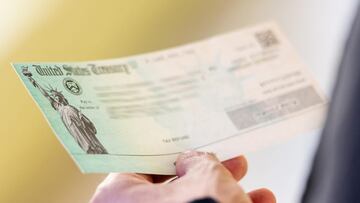How and when you should void a check
Voiding a check is a way to render it invalid and prevent it from being used for payment. Here’s how and when you should void a check.


Checks are a pretty old-school method of paying for something. Data suggests they are used in just 7% of transactions, though this data is six years old. This number is likely much lower by 2023.
If you are using checks to pay for something, however, there may be times when you change your mind about sending it. ‘Voiding’ is the method to achieve this without the check being filed and money moving out of an account. Remember that once a check is voided, it can’t be cashed or deposited.
When to void a check
Error in the Check: If you make a mistake when writing a check, such as an incorrect date, amount, or payee, void the check and issue a new one. This ensures that the correct information is used.
Fraud Prevention: If you suspect that a check has been lost or stolen, or if you notice any unauthorized or suspicious activity related to the check, it’s wise to void the check to prevent fraud.
Cancel a Payment: If you decide you don’t want to make the payment specified on the check, you can void it to stop the payment. This is typically done when you want to change the method of payment or cancel a service.
Expired Check: If a check has been sitting around for a long time and is no longer valid due to an expiration date (some checks have expiration dates), void it to avoid any confusion.
Incorrect Information: If the payee’s name, amount, or other information on the check is incorrect, void it and issue a new one with the correct details.
Duplicate Checks: If you accidentally issue a duplicate check with the same check number, void one of them to avoid double payment.
Voiding Old Checks: In some cases, businesses may void old or unused checks to maintain financial records and prevent unauthorized use.
How to void a check
Related stories
To void a check, you should use a pen, not a pencil or erasable ink, to ensure the void mark is permanent. In large, legible letters, write the word “VOID” across the front of the check. Make sure it covers the entire check and can’t be easily removed.
Record the voided check in your checkbook register or accounting records. This is important for maintaining accurate financial records.

